It feels like online marketing changes every day.
New growth hacks emerge, and old tactics fade off in the distance.
Our daily tactics shift because consumer behaviors shift.
People get tired of the same-old same-old.
They start ignoring the same ad they’ve seen multiple times. They start ignoring the same old e-book lead magnet that they’ve seen for nearly a decade.
Thankfully, there are actually still a few constants. There are some underlying principles that will continue to stick around despite how often the tactics change.
For example, old-school copywriting formulas like PAS and AIDA still work today.
You don’t need to reinvent the wheel. Instead, you just need to adapt it.
If it isn’t broken, don’t fix it.
Just improve it with new techniques. Fine-tune it with new developments like personalization.
The future of online marketing will be a combination of the most successful techniques of the past mixed with the growing need to personalize everything.
Here’s what the past has taught us and how we can use it to prepare for the future of online marketing.
What the past has taught us about marketing
If we can learn anything from the past, it’s that the proven methods stick around.
Keeping it simple really does work.
Especially when it comes to content marketing and building an online presence.
Why? Because using proven methods and formulas gives you an established guideline of what goes where.
It takes out the need to start from scratch. You don’t have to cross your fingers or hope and pray that your efforts bring in new customers.
A great place to start is to look at what the past has taught us about online marketing and how it’s evolved.
Check out this example from the First World War.
Content marketing and advertisements haven’t changed all that much in the last few decades.
Notice how this ad uses concise copy and an emotion-provoking image.
Sounds exactly like every memorable ad we see now, doesn’t it?
Here are a few formulas from the past that still work incredibly well today. I’m willing to bet most of these will work in the future of online marketing, too.
Tip #1. AIDA
AIDA stands for Attention, Interest, Desire, Action.
E. St. Elmo Lewis thought it up in 1898. And yes, it still works today!
Here’s how it works:
- Attention: Grab the reader’s attention (obvious, I know)
- Interest: Provoke interest with fact, statement, etc.
- Desire: Pull on their heartstrings and their sense of want and need
- Action: Give them a solution that allows them to take action on the subject.
AIDA works incredibly well on most marketing channels today. It works on AdWords, Facebook, long-form blog posts, and even podcasts or video.
Here’s a Nissan ad from the present day:
Nissan grabs your attention and develops an interest with a compelling headline. And the vehicle image is placed front and center.
They get you interested in the thought of commanding the road. Then, they provoke your desires with a beautiful shot of the car.
Lastly, they hook you in with the action-oriented slogan, “Ignite the Excitement.”
Then they provide the pricing to seal the deal.
Here’s how Moz still uses this proven formula in almost every single text-based description on their site:
Tip #2. PAS
PAS, or Problem, Agitate, Solution, is one of my favorite formulas to use.
It’s an all-purpose formula that hooks the reader in by describing the main problem in their life.
The premise is pretty simple.
Grab the reader’s attention by presenting a problem that they need to solve.
Agitate that problem by telling them what the consequences of not fixing it are.
Solve the problem with actionable steps and solutions, like your product.
WordStream’s AdWords Performance Grader is a perfect example of PAS in the modern day:
So why does it work so well?
It taps into one of the most powerful emotions: fear.
You work hard, right?
The last thing you want to do is waste your hard-earned money.
WordStream uses the fear of loss here to get us to sit up and pay attention.
Outlining the problems someone is facing helps them realize the weight of their issue.
Then you can agitate that issue by framing their problem around what they’re going to lose if they don’t take action.
For example, how much money are they wasting? How much traffic are they missing out on? How much new revenue have they lost?
That’s when you slide in and present your offer to help solve this burning problem that’s causing stress.
I just showed you how PAS works today.
But it’s worked for decades as well.
Just look at the PAS model in this vintage ad for Serax:
It presents the problem immediately.
Next, you get them hooked. They’ll be unable to forget about it once they read the first line.
That buys you time.
You need someone to stick around long enough to build up the value in what you do.
That way, they’re all ears when it comes time to deliver the solution.
You can even use this formula on textless advertisements or photos.
Just look at how Puffs Tissues uses the PAS formula:
PAS isn’t some new growth hack.
It’s an age-old formula that is still converting customers in the 21st century.
And that means it will probably be around a few decades from now, too.
Where the future of marketing is headed
If we can learn anything from the past, it’s that incredible techniques, methods, and formulas work no matter what.
Technology might come in and speed things up. However, the underlying principles haven’t changed all that much.
Do you want to know where the future of marketing is headed?
Do you want to know which new methods or techniques will reign supreme?
I’ve seen the following trends grow over the past few years:
- Personalization
- Location-based targeting
- Segmentation
- Matching for intent
Here’s how to prepare for the future and nail these fast-moving trends before you fall behind.
Tip #1. Personalized efforts will land more customers.
Personalization is now affecting everything from email to ads and even the user experience on your website.
74% of users get frustrated when content on a website, ad, or application doesn’t relate to them.
You can’t afford to bombard people with irrelevant content.
Companies that are starting to implement personalization are already seeing their sales jump by nearly 20%.
Personalization makes people immediately understand that they’re in the right place.
Take Spotify for example. They recommend music based on your interests.
That keeps you listening for longer! You consume more content because it’s relevant to what you’ve previously listened to.
Personalized emails are a perfect starting point. Sending a personalized email increases your chances of converting that customer by 6x.
Here’s how Amazon does it:
They send you emails related to your browsing history on their website.
What do a lot of other companies do?
They send you random, cold emails with product deals that could be totally irrelevant to you personally. Instead, Amazon tailors the entire message so that you’re more likely to convert.
And personalization is just starting to take effect. Less than 10% of companies believe that they are successful at personalization.
That’s insanely low!
But it’s good news for you. It means that you can jump out ahead if you start working on it now.
My favorite example of personalization comes from Coca-Cola’s “Share a Coke” campaign.
This current campaign has over 800+ names on the bottles in circulation.
It’s one of the most iconic campaigns of all time.
It works because it creates a personal connection with the brand.
Coca-Cola started to see people as real people with real lives, rather than just a group of random people to sell to.
This personalization wasn’t just a tactic, though.
They actually got people involved in the campaign in as many ways as possible:
For example, they allowed people to text a number and get their friend’s name featured on the big screen.
The campaign was genius. It landed them more than 250 million named bottles sold in JUST Australia in one summer.
The main takeaway here is this.
Personalization wins the day. Connect your customers to the brand and see them as more than another sales quota to reach.
Tip #2. Creative content promotion will be king.
How are you going to stand out from the crowd of two million content marketing pieces produced daily?
You can’t sit around waiting for traffic, signups, and leads to pour in.
You have to go out and get them ASAP.
Let me give you an example.
Before the glorious invention of Gmail, there was AOL and Hotmail. The best!
Just the concept of having a free email service 15 years ago was a crazy idea.
And then Hotmail changed the game.
They went viral by changing the rules of the game. They took what had already worked and expanded on it.
Instead of continuing to charge for their email service, they noticed that people weren’t signing up.
It was tough to onboard people to such a simple service when each customer was forced to shell out hard-earned money for it.
So Hotmail decided to target their existing users to ignite a viral marketing campaign:
Within just a few months, they grew from a tiny ant to an industry giant in months.
“Online marketing” at the time was simple and static. But Hotmail decided to change it.
They took a big risk that ended up paying off in a big way.
The reason it worked was that they changed the traditional strategy and created a more compelling reason for people to take notice.
Instead of buying their service from an irrelevant advertisement, people were being introduced to Hotmail by their own friends.
Take a look at Chipotle’s Scarecrow campaign for example:
https://www.youtube.com/watch?v=lUtnas5ScSE
This is possibly one of the greatest creative campaigns today.
Chipotle prides themselves on producing “Food With Integrity.”
That means practicing sustainable farming and supporting those farmers rather than the giant corporations.
Currently, the video has over 18 million views and counting. They reached 6.5 million views in just the first two weeks.
Those views also drove 500,000 mobile-app downloads.
Your product has become your most powerful marketing tool.
There are simply too many other options or alternatives. There’s too much noise in the marketplace.
The better your idea or content, the easier it is to promote.
And the more people will willingly share it for you.
Tip #3. Diversified audiences will be the norm.
Personalized marketing efforts produce better customers.
That leads to more conversions, a better user experience, and a better ROI.
The next logical step comes down to the increasingly diversified audiences we face.
It only makes sense.
If the need for personalized content is exploding, it can only mean one thing.
You’re going to get many diverse audiences flocking toward your products and services.
We wouldn’t need to personalize the user experience or content there weren’t diversified customer segments growing daily.
The next few generations will be the most diverse we’ve ever seen.
That means that sending out a single, generic email blast won’t work anymore.
You might have small business owners, marketers, students, and VPs of marketing on the same list, for instance.
Their ages, genders, and races will be all over the map. They’ll be dealing with completely different problems.
So we need to focus on breaking these people down into segments. That will allow us to deliver custom content to complex audiences at every stage of the funnel.
Check out your own email inbox to see how this is already happening.
Take this email from TextUs for example:
New leads that sign up are getting targeted with emails that fit their predetermined segment.
This email, for example, is being sent because of the actions I just took.
And here’s where the theme ties together.
Consumer behavior has shifted. We need to shift along with it.
That’s why this old, funnel-based technique of sorting traffic is still useful.
It also means that you need to customize everything from your email content to the CTA you use and the landing page.
There is a benefit to doing this extra work, though.
An internal algorithm drives advertising costs that you pay on AdWords or Facebook.
These “quality scores” determine how well your ad and landing page match what someone is interested in.
The better you do and the higher the quality score, the less you pay.
This is generally known as “message match.”
And the same thing is true of Facebook’s Relevancy Score.
If you provide relevant, personalized content to the right audience, you’re going to see better results for a lower cost.
It’s even beginning to spill into other social networks like Instagram.
Why is it spreading? Because major companies are recognizing this shift in consumer behavior.
They’re looking at these online marketing trends that will be the gold standard in 5-10 years.
In almost every circumstance, whether it’s on-site or on a social network, delivering more relevant content to the right audience segment will give you a greater return.
To jump on this trend, you can use products like Kissmetrics’ Customer Engagement Automation to segment specific, diverse audiences based on campaigns and offers.
And then you can use the proper message match to continue that customer journey.
For example, you can use dynamic text replacement to switch out landing-page content for each unique visitor.
If someone searches for “dog collar discount” and clicks on your ad, you’d want to make sure that your landing page mimics that offer.
If it’s expensive, you should be targeting people with higher incomes using Facebook Ads that allow you to target interests and demographics.
Your messaging should then adjust based on the audience.
Dropbox does exactly that. A standard search will return this page, which allowing the user to self-segment:
But a more specific user-segment search returns this:
The key is being able to adapt to the future of online-marketing segments.
They are growing, changing, and becoming more diverse every single day.
Thankfully, there are still a few tactics like using dynamic text replacement and message match to keep up with these changes.
Conclusion
SEO is dead. PPC doesn’t work. Content marketing isn’t worth it. Emails are the best.
Every week, we hear that our favorite marketing tactic is either the gold standard or that it doesn’t work at all.
The online marketing landscape is always expanding and evolving.
But that doesn’t mean our favorite tactics can’t work anymore.
Tactics like AIDA and PAS have been around for decades. They used to work well. And they still do for many marketers.
Facebook Ads might be relatively new. However, the same strategies that worked long ago can still apply.
They just evolve, grow, and change based on user behavior. Technology speeds up those advancements.
Instead of print ads being the #1 advertising platform, PPC has exploded.
Instead of keyword stuffing for SEO, Google’s search engine got smarter, and SEO evolved.
Just because online marketing is constantly evolving doesn’t mean our old “hacks” are useless.
We simply need to adapt to the changing meta and expand on our tool sets.
Hitching a ride on the personalization trend is one of the best things we can do to secure our place in the future of online marketing.
I don’t just mean the personalization of emails. You have to personalize everything from the messages people receive to their experience on your website.
What trends do you think will be prominent in the future of online marketing?


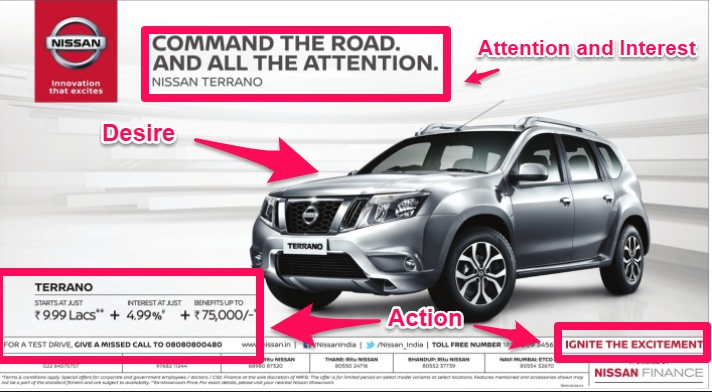
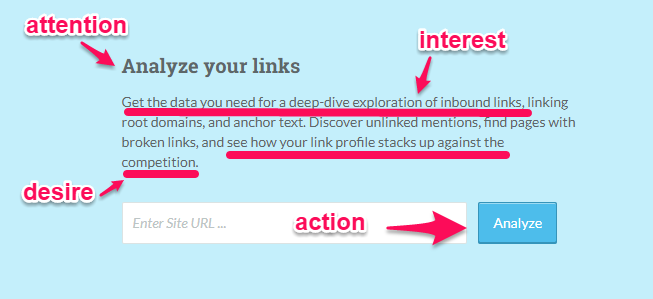
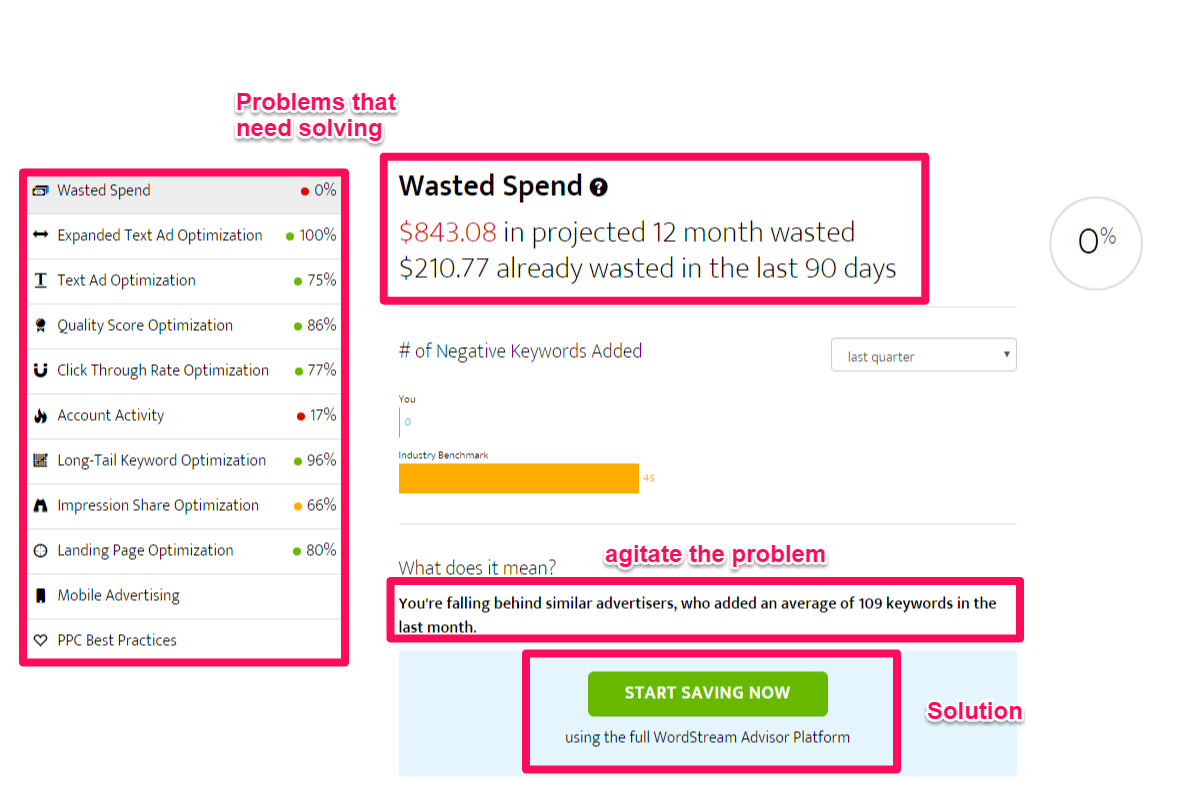
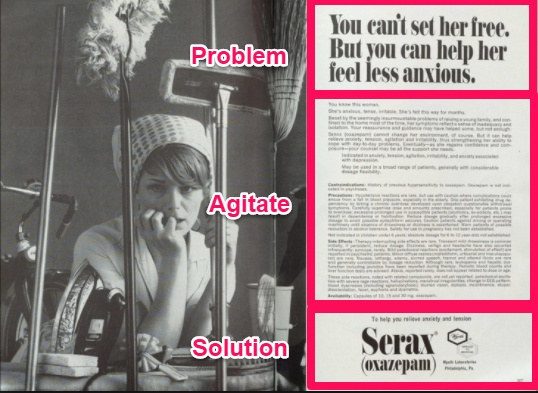
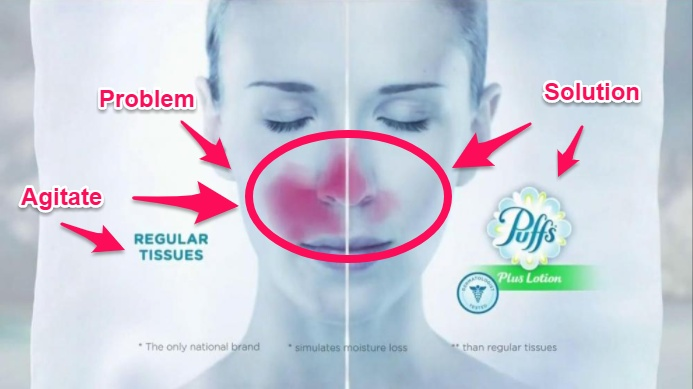

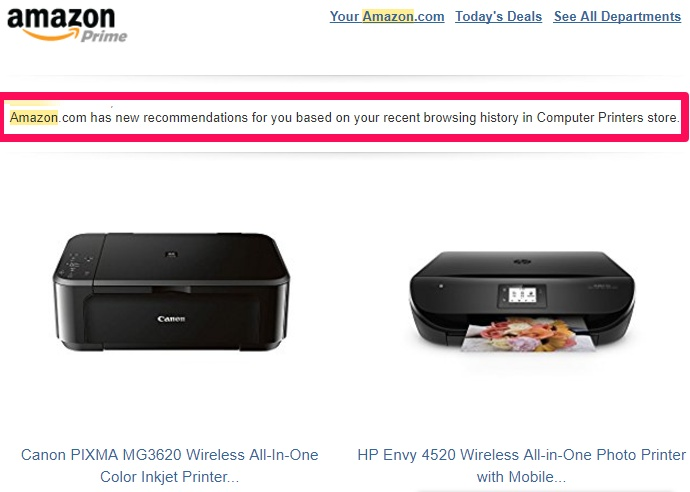
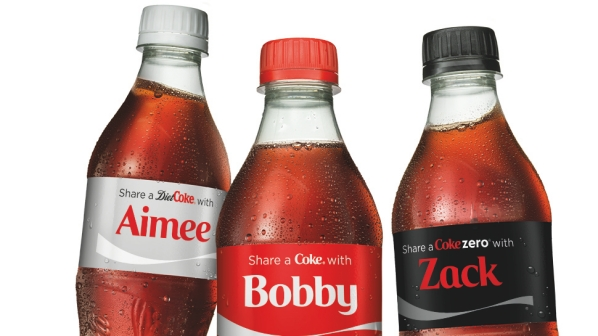
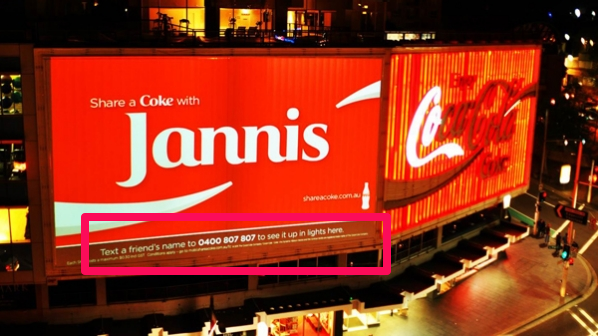
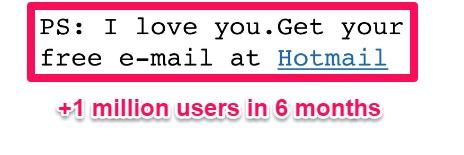
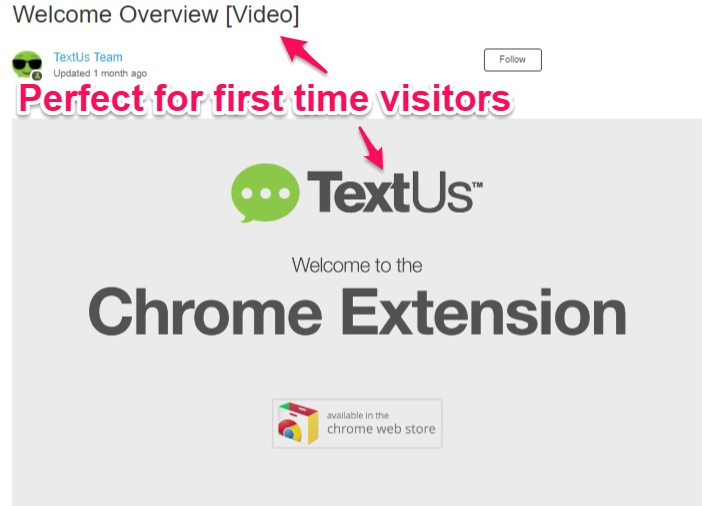
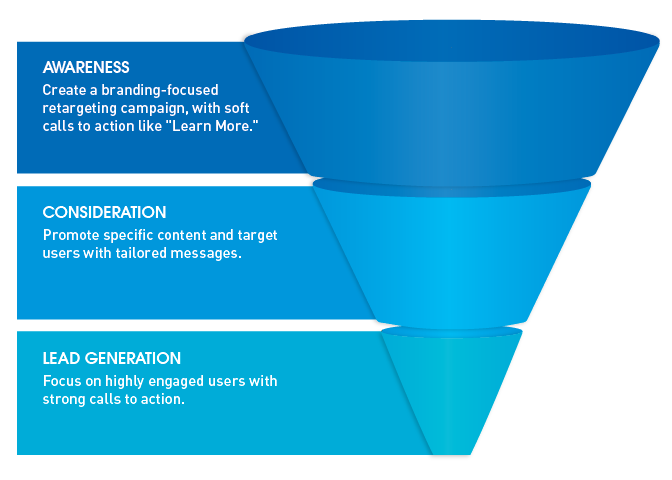
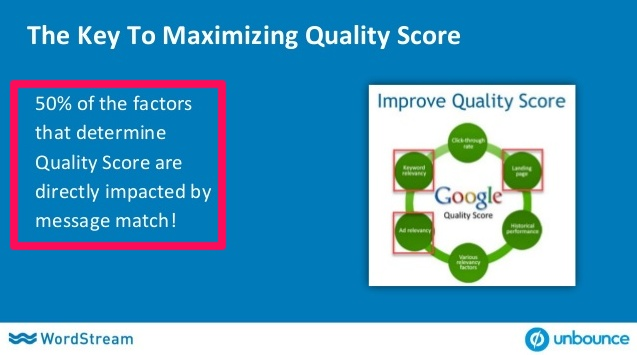
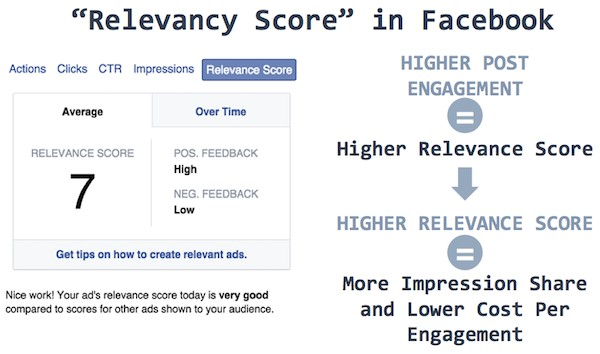
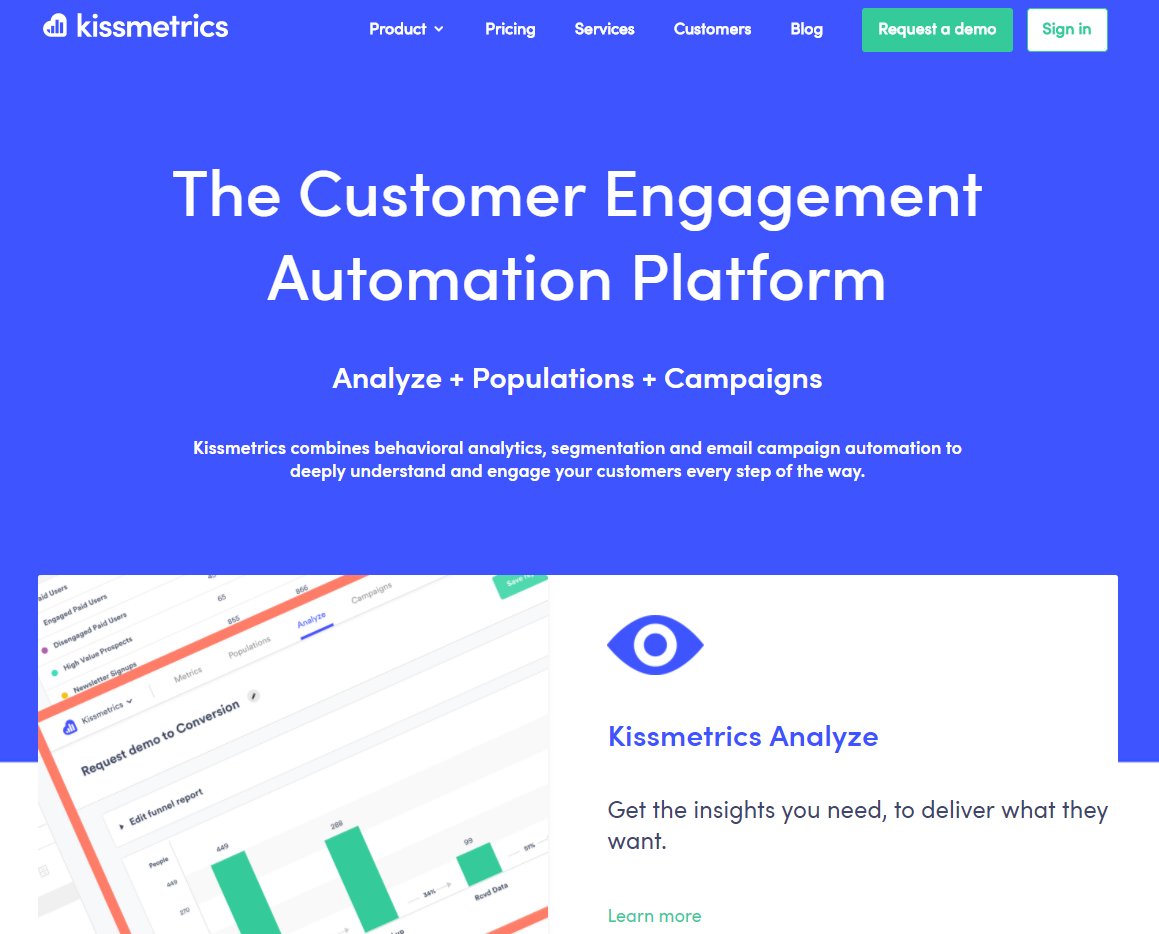
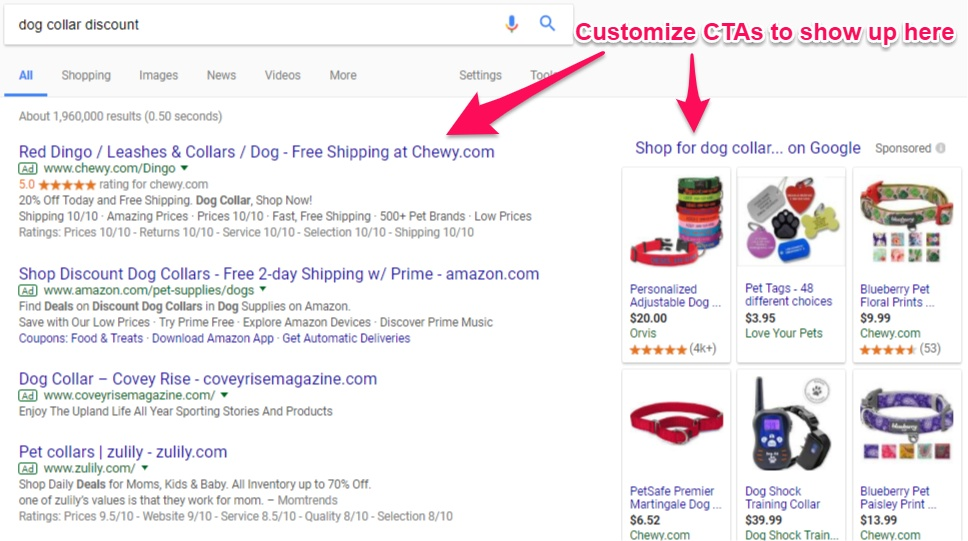
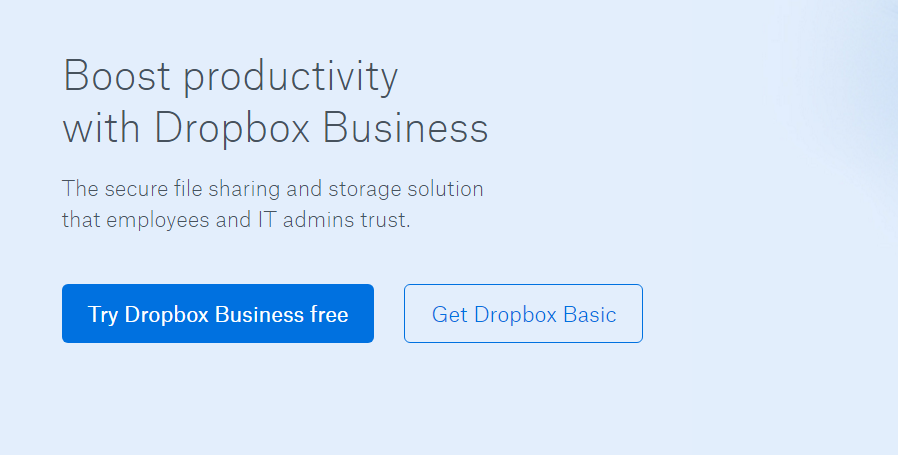
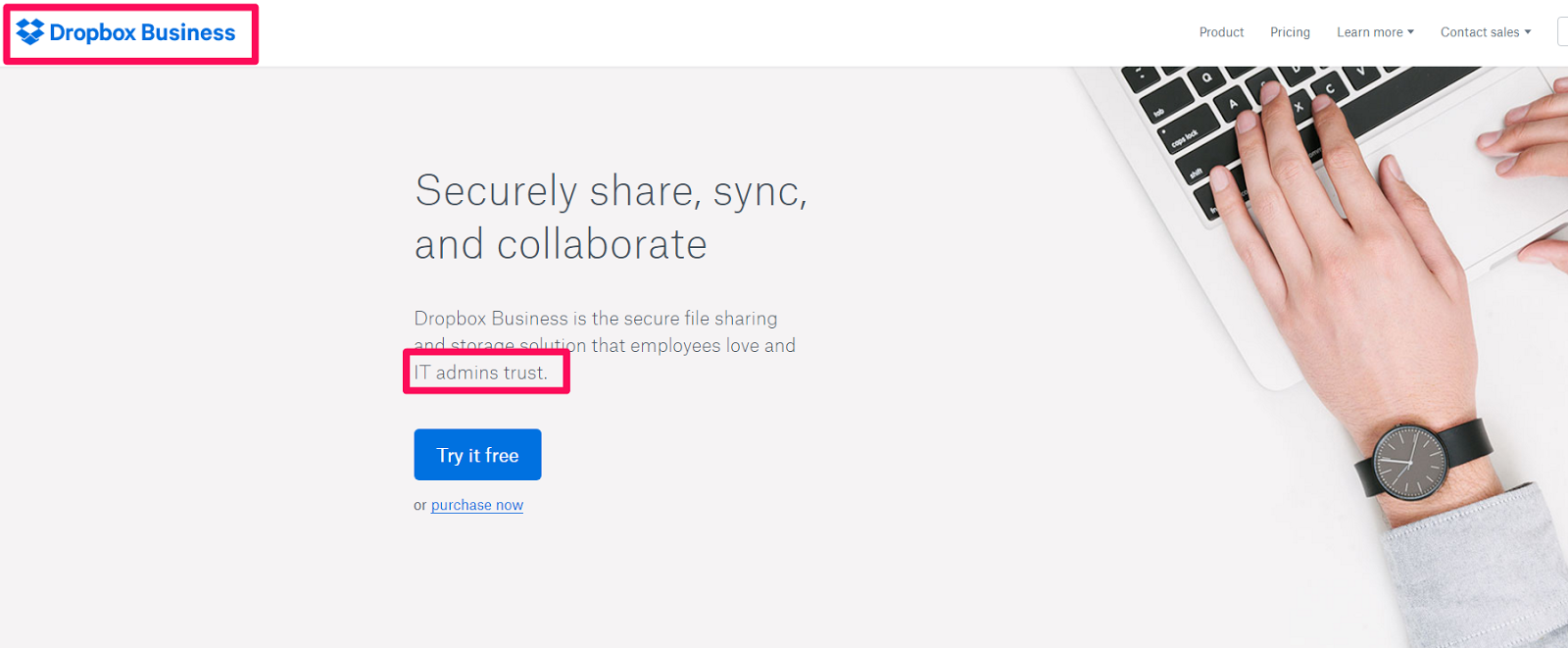
Comments (8)